News
Tesla Superchargers could be coming to a gas station near you
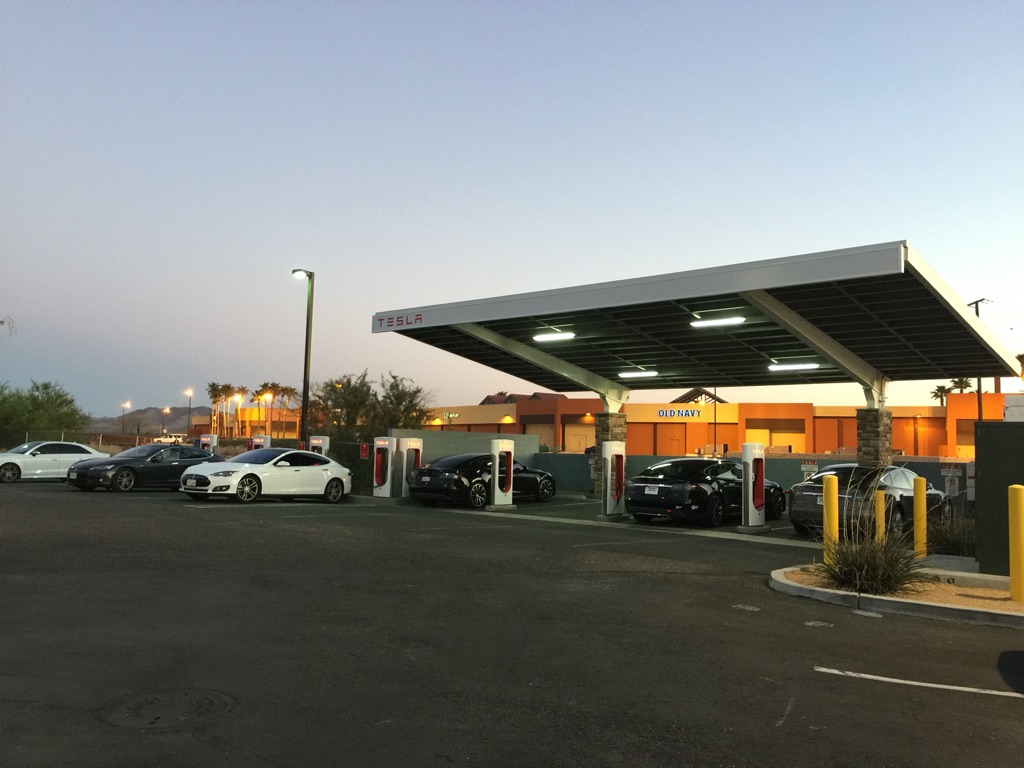
If you are in the business of selling gasoline and diesel fuel, why would you want to install chargers for electric cars, too? Gas stations today live and die on volume turnover geared to the roughly five minutes it takes to fill the tank. They make most of their profit on coffee, cigarettes and snacks that can be dispensed quickly. The electric car revolution may change all that and, once again, Tesla Motors is at the forefront of the change.
Sheetz operates a large chain of gas stations. It has hundreds of retail outlets located in six states, mostly in the mid-Atlantic region. It does nearly $7 billion in business every year. Eight of its stores already have charging stations where EV drivers can recharge their batteries. Sheetz is currently talking to Tesla about adding its charging infrastructure to the Sheetz locations.
“We’ve had discussions with them about putting their chargers in our stores,” confirmed Michael Lorenz, Sheetz’s executive vice president of petroleum supply, in an interview. “We haven’t done anything yet, but we’re continuing those discussions.” He declined to say how many Sheetz locations might be involved.
Tesla declined to comment on the negotiations with Sheetz, but acknowledged in a statement that it is actively courting gas stations, hotels and restaurants in its bid to install high-speed electric chargers across the country.
Sheetz may be ahead of the curve at this time, but the coming electric car revolution is getting bigger in the rear view mirror. Already, marketing experts are recommending that gas stations start thinking about adding chargers to their facilities. Bloomberg New Energy Finance estimates that within six years electric cars will be as affordable as traditional gasoline-powered vehicles. By 2040, roughly 1 in 3 new vehicle sales could be an EV, according to Bloomberg.
Gas stations routinely dig up and replace their fuel tanks. It makes economic sense to bury the conduits that will be needed for the chargers of the future while that work is being done, even if the actual chargers are not installed until later.
As average fuel economy rises and advances in clean transportation technology occur, traditional gas stations will soon face a difficult choice: adapt or die. Federal estimates suggest that by 2035, U.S. drivers could be consuming 20% less gasoline than they do today, says John Eichberger, executive director of the Fuels Institute, founded by the National Association of Convenience Stores.
“Those kiosks that just sell gallons and smokes are going to have to change,” says Eichberger. “They’re going to lose gallons. Plain and simple, no way around it.”
He adds that the typical gas station of the future will likely look completely different from the fast paced “get ’em in, get ’em out” stores of today. He thinks they will be more like restaurants or highway rest stops than convenience stores. Tesla is at the forefront of this paradigm shift in which customers stay longer and spend more. The more gas stations that move in that direction, the better for Tesla.
Tristen Griffith is the president of the Sacramento 49er Travel Plaza, a truck stop that spent the past year researching EV technology. Recently, Griffith made the decision to let a third-party company, NRG Energy, install a set of EV chargers on her commercial property.
“We want to sell gas and diesel, but our future is electric vehicles, and trucks are going to be driverless,” said Griffith. “Times are changing, and we need to keep up with that change as well, if we want to be smart and stay ahead of the game.”
Staying ahead of the game is Tesla’s greatest strength. The question Tesla fans should be asking themselves at this point is exactly what does Tesla have in mind for charging the millions of electric cars it says it will be building in a few short years? Is it thinking about a parallel system to its Supercharger locations? Will it have one system for Tesla owners and another for drivers of other electric cars?
We simply don’t know, and won’t until Tesla decides to let us in on its plans.
Source: Washington Post

News
Tesla contract with Baltimore paused after city ‘decided to go in a different direction’
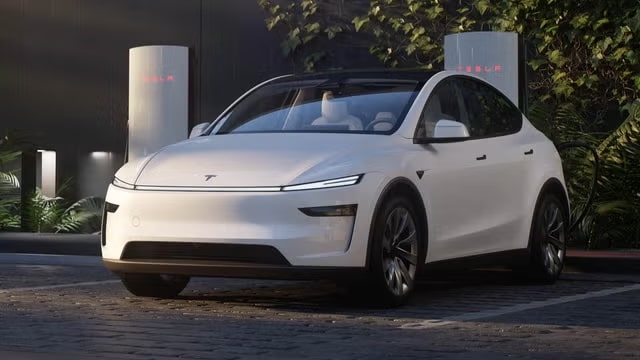
Last Summer, Tesla landed a $5 million contract with the City of Baltimore for a fleet of electric vehicles for the local government. However, Mayor Brandon Scott decided to pause that investment in September after the City “decided to go in a different direction.”
This is according to John Riggin, spokesman for the city’s Department of General Services. Riggin confirmed that the contract with Tesla has not been fulfilled, and Baltimore is going with other options for the time being:
“No Tesla units have been ordered, and none are in the City’s fleet.”
It now seems that the contract, which was set to be run until 2027, is not really a typical “contract” in the sense of the word. Riggin said the city is not obligated to spend the money for vehicles from Tesla, and that it is evaluating offerings from a variety of OEMs, including Ford and General Motors.
Tesla chosen over Ford for $5 million Baltimore City EV fleet
Riggin said the value of the contract is more of a ceiling and not necessarily an obligation to spend the committed amount in full.
The contract has not been canceled officially, but City Comptroller Bill Henry said to the Baltimore Sun that it has gone back to purchasing Mustang Mach-Es from Ford, the vehicle that was snubbed for Teslas back in July when things were initially decided.
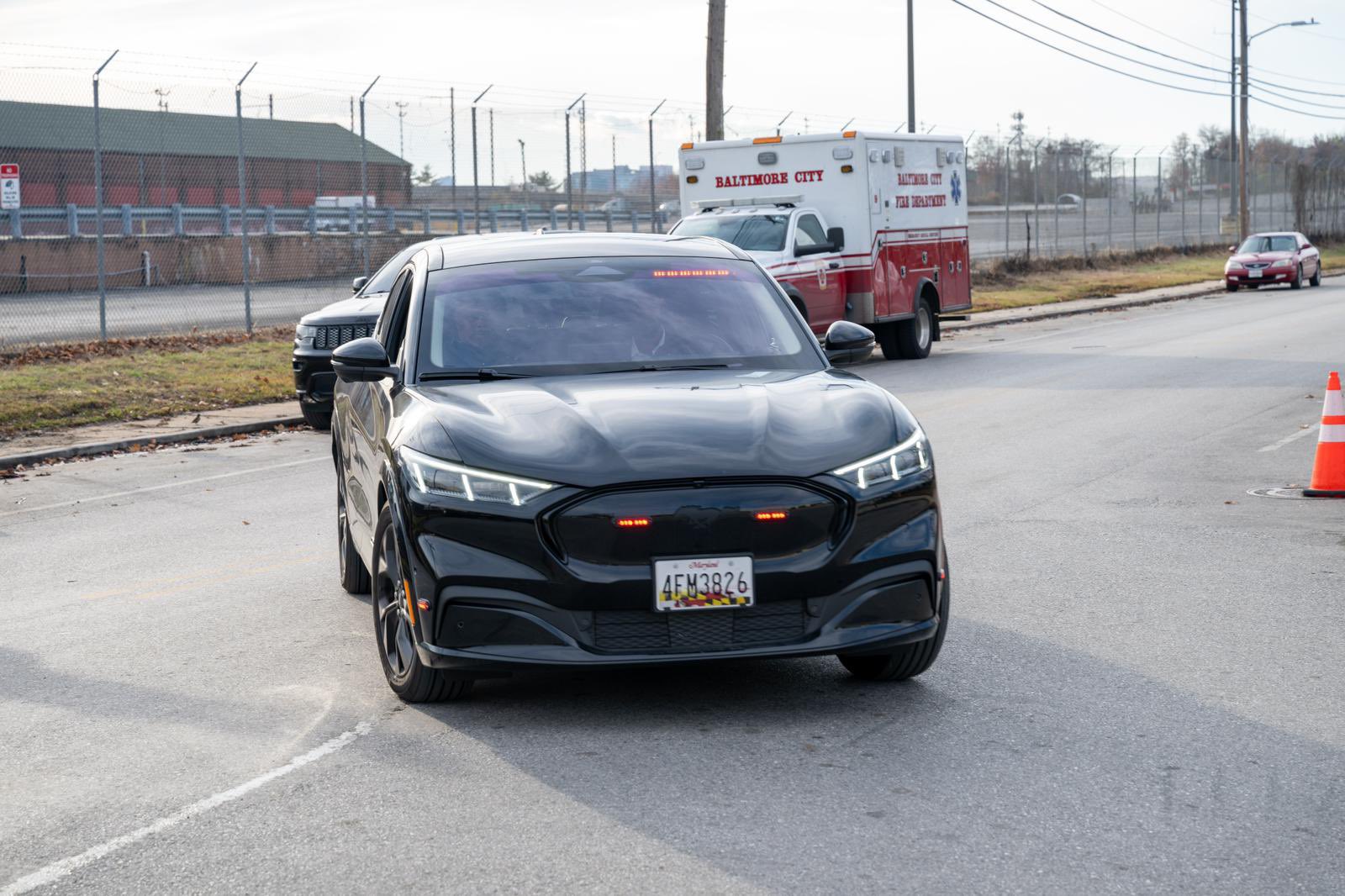
The timing of the pause is interesting, and it does not seem to have anything to do with CEO Elon Musk’s direct involvement with the Trump administration, although the EV maker’s frontman was already vocalizing his distaste for the Democratic White House run by the Biden Administration.
Baltimore has a citywide goal of achieving carbon neutrality by 2045, and has used EVs in its fleet for several years to reach that goal. It plans to electrify the city vehicle fleet by 2030.
News
Tesla at risk of 95% crash, claims billionaire hedge fund manager
Tesla stock has been extremely volatile as of late amidst souring sentiments over CEO Elon Musk’s political leanings.
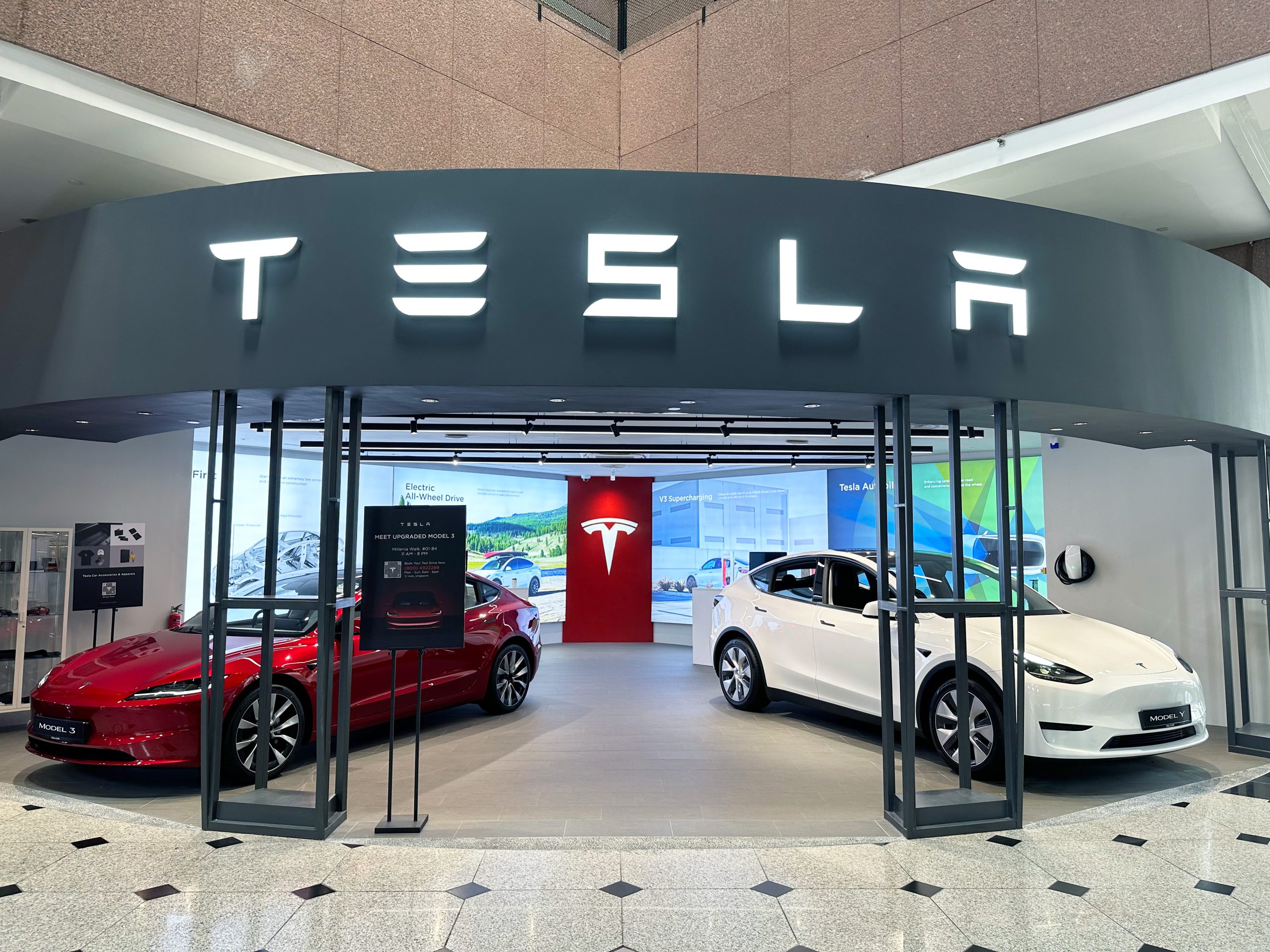
Christer Gardell, a Swedish billionaire and hedge fund manager, issued a stark warning about Tesla stock and what he believes are bubbles in the stock market. The billionaire’s insights about Tesla were shared during an interview with EFN.
Tesla stock has been extremely volatile as of late amidst controversies and souring sentiments over CEO Elon Musk’s increasingly political leanings.
Alleged Tesla (TSLA) risks
Gardell did not mince words about Tesla, stating that the electric vehicle maker’s valuation could drop as much as 95% due to the “circus” surrounding its CEO.
“Tesla, especially now with the whole Musk circus going on everywhere, is probably the most expensive stock on the global stock exchanges right now. It could go down 95% – and maybe it should go down 95%,” he said in the interview.
The Swedish billionaire sees Tesla as fundamentally a car company. Thus, he does not understand why the market has given the EV maker such a high value. For context, the Tesla story has been changing in recent years, with the company growing its energy business and delving into AI and robotics.
Gardell Slams “Eternal Bubble“
Gardell believes the EV maker has become a poster child of sorts of a market that has become speculative, where share prices do not reflect true valuations anymore, as noted in a CarUp report. The hedge fund manager noted that in Tesla’s case, this “eternal bubble” should have burst long ago.
“I have commented that it should have burst over the past five years, but it still hasn’t. The valuation is incomprehensible,” he explained. The hedge fund manager, however, noted that once the crash happens, the decline would be dramatic.
“It’s always hard to say when. It could happen in a month, six months, a year, three years, or five years – it’s impossible to answer. Because there’s so much money dominating the stock market now, and they don’t care about the value of the shares, they speculate on price movements,” he said.
U.S. Stocks Overpriced, Europe Offers Value
Looking beyond Tesla, Gardell flagged broader risks in the U.S. stock market, which he described as significantly overvalued. “American stocks have received very large flows recently. If you look at the American stock market, it is very expensive, both from a purely absolute perspective and from a historical perspective,” he stated.
In contrast, Gardell touted European stocks as a more attractive option for investors. “And the difference between American stocks and European stocks has never been greater. Normally, European stocks have had a discount of 20%, now it is 40%. And that is too high,” he noted.
News
Tesla store shooting incident under investigation
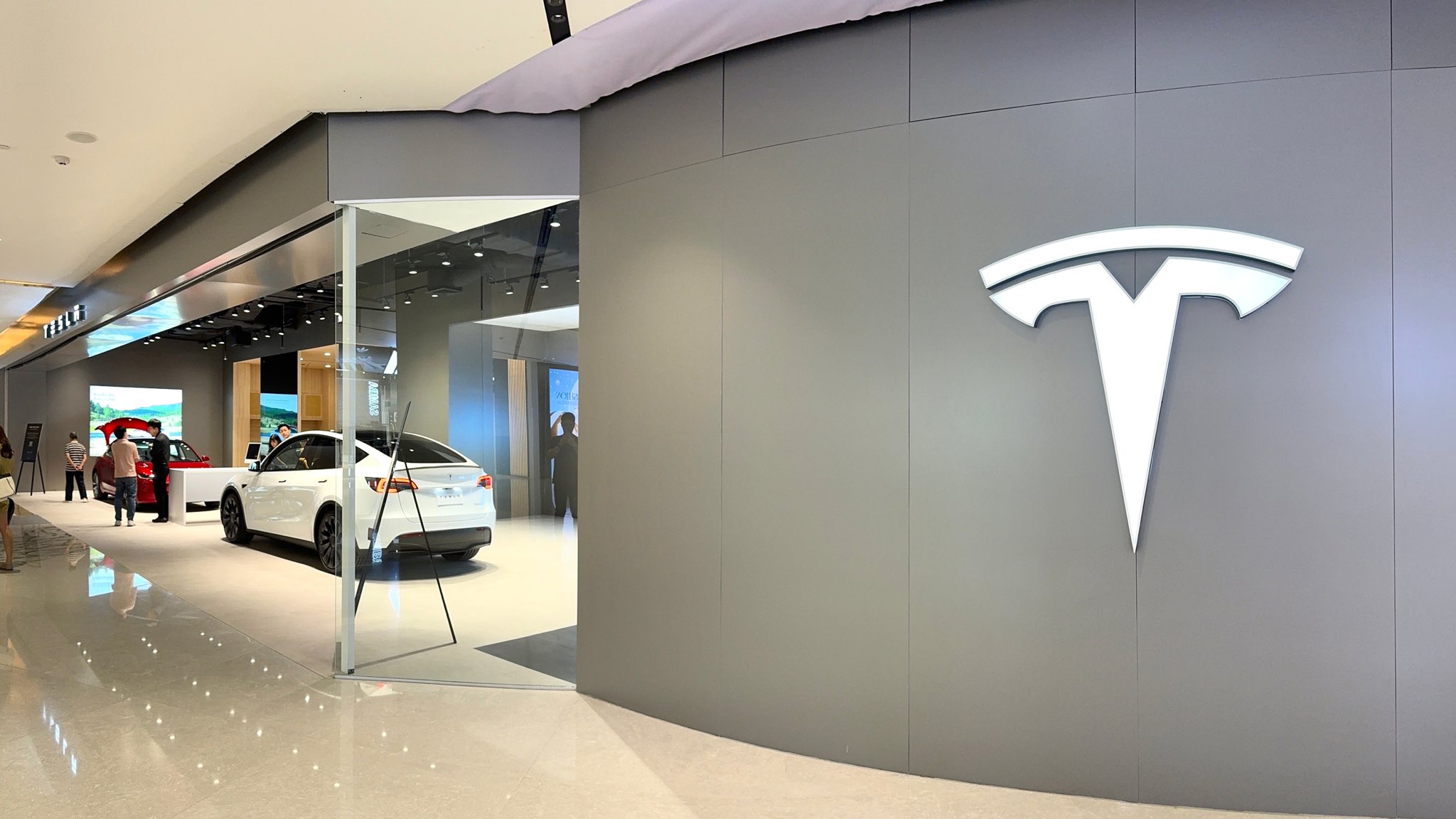
Oregon police are investigating a shooting incident involving a Tesla store.
A Tesla store in Tigard, a city southwest of Portland, was vandalized around 2:00 am on Thursday, March 6.
“The damage was discovered by employees who arrived for work this morning (3/6/25) at the dealership on SW Cascade Avenue. Investigators believe at least 7 shots were fired, damaging 3 cars and shattering windows. One bullet went through an office wall and into a computer monitor. Fortunately, this happened overnight when the property was unoccupied,” stated a Tigard Police report.
Crime scene technicians and investigators are gathering physical and video evidence of the shooting. Tigard Police did not officially announce a motivation for the shooting at the Tesla store. However, they acknowledge that a few Tesla locations have been targeted across Oregon and the nation.
Tesla locations across the United States and abroad have been experiencing attacks recently. Most of the company’s locations experience arson attacks. For instance, in France, around a dozen Tesla vehicles were reportedly torched in a suburb near Toulouse. Meanwhile, in Massachusetts, a few Tesla Superchargers were allegedly set on fire near a shopping center. Tesla protests have also started in various locations.
Police have not provided an official reason or motivation for all the arson attacks and the Oregon shooting because they are still under investigation. However, Elon Musk is definitely at the root of the matter.
Elon Musk has recently found himself the target of plenty of ire in the United States and Europe. Tesla is taking the brunt of all the anger pointed toward Musk.
-
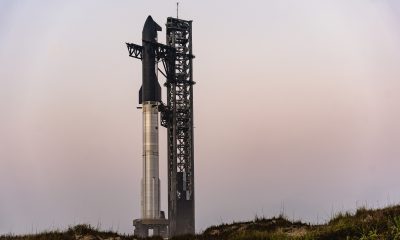
 News4 days ago
News4 days agoSpaceX announces Starship Flight 8’s new target date
-
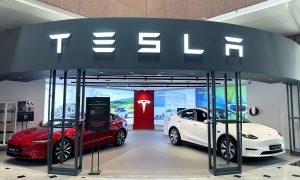
 News2 days ago
News2 days agoTesla at risk of 95% crash, claims billionaire hedge fund manager
-

 News5 days ago
News5 days agoTesla launches fresh U.S. promotions for the Model 3
-
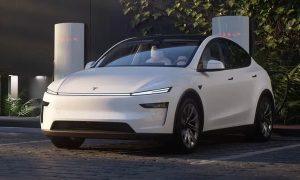
 News2 days ago
News2 days agoTesla contract with Baltimore paused after city ‘decided to go in a different direction’
-
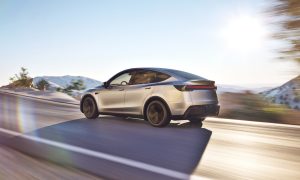
 Elon Musk6 days ago
Elon Musk6 days agoTesla mulls adding a new feature to fight off vandals as anti-Musk protests increase
-
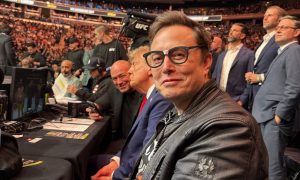
 Elon Musk3 days ago
Elon Musk3 days agoTesla UK sales up over 20% despite Elon Musk backlash
-
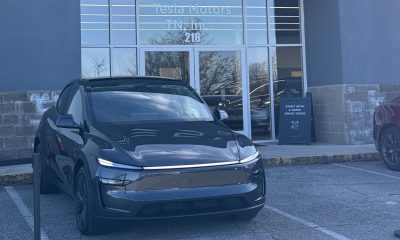
 News6 days ago
News6 days agoTesla starts Model Y ‘Launch Edition’ deliveries in the U.S.
-
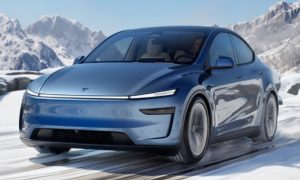
 News7 days ago
News7 days agoTesla’s lead designer weighs in on plans for these two Model Y colors



